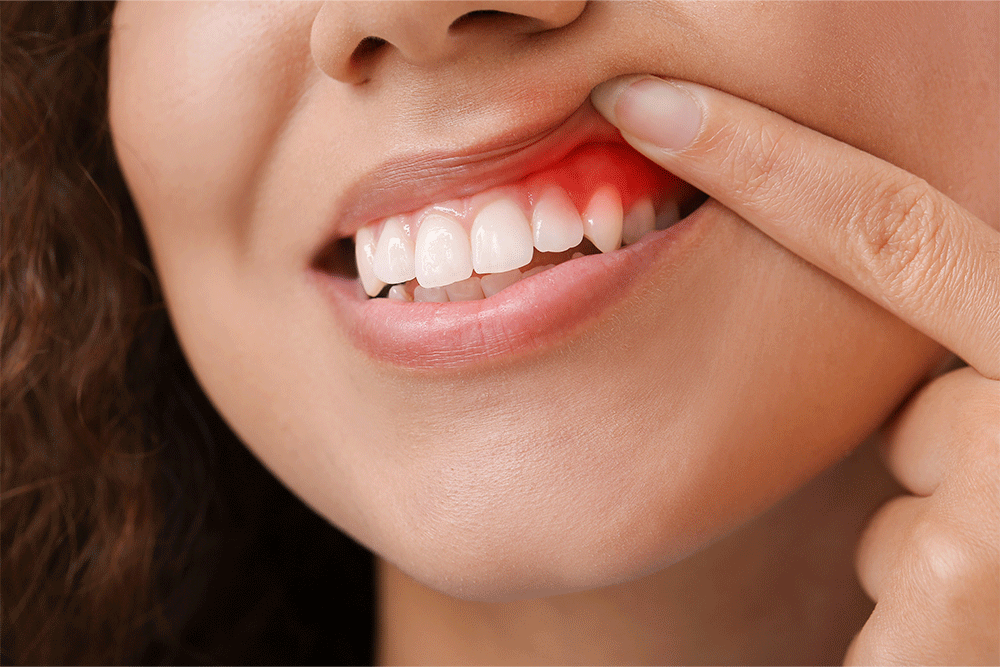
When gum disease reaches an advanced stage, many people start to wonder: Does gum disease go away when teeth are removed? The thought seems simple: no teeth, no problem.
However, gum disease is not limited to teeth. It affects the gums, bone, and supporting structures that make up the foundation of your smile. Extracting teeth may ease pain or reduce specific symptoms. Still, it does not cure the condition itself. To truly address the disease, you need professional care that targets the infection at its source.
Does Gum Disease Go Away When Teeth Are Removed?
Periodontal gum disease is a chronic infection caused by bacteria that thrive in plaque and tartar. In its early stage, gingivitis creates red, tender gums that bleed when you brush or floss.
As it progresses into periodontitis, the infection spreads deeper into the gum tissue and bone. Teeth may become loose, and tooth loss can occur in severe cases. While extraction may remove a tooth that no longer has enough support, the bacteria remain active in the gums and bone.
The disease does not stop simply because the tooth is gone. Left untreated, it can continue to damage the surrounding tissue and may even spread into the bloodstream.
Why Extraction May Still Be Necessary
There are situations where tooth extraction becomes unavoidable. When gum pockets deepen and bone loss progresses, teeth can loosen to the point where they no longer function. In these cases, removing the tooth prevents ongoing pain and helps reduce the immediate bacterial load.
Without additional treatment, the bone will keep breaking down, and the infection can continue in the soft tissues. Follow-up care is just as important as the removal itself.
What Treatment Looks Like Beyond Extraction
Deep cleanings, such as scaling and root planing, are often the first step to clear plaque and tartar from below the gumline. Antibiotics may be used to target lingering bacteria.
Additionally, gum grafting can rebuild coverage over tooth roots for patients with significant tissue loss. Bone grafting can also restore areas of weakened bone. In some cases, osseous surgery is performed to reduce the pockets where bacteria thrive.
These therapies help stop further infection and also create a stable foundation. It’s helpful if you plan to replace missing teeth with implants or bridges in the future.
Daily care also plays a major role. Brushing, flossing, and rinsing with antibacterial solutions help reduce plaque buildup at home. Regular visits with a gum disease dentist present opportunities to monitor healing and catch early signs of recurring infection. Gum disease is ongoing, which means staying consistent with treatment and home care is key to protecting your smile.
Partnering with a Gum Disease Dentist
One of the most important things to remember is that periodontal gum disease will not disappear on its own. It requires active management and professional treatment.
A gum disease dentist helps guide you through the process and protects the long-term health of your gums and bone. Even if extractions are part of the plan, treatment must go further to make sure the infection is under control.
Taking the Next Step with Grand Family Dentistry
Go beyond short-term fixes and address gum disease with targeted solutions that restore confidence and health. From gum disease treatment in Mandeville, LA to follow-up care, our team at Grand Family Dentistry works with you to tackle infection and build a stronger foundation for your smile.
Don’t wait until gum disease forces the loss of more teeth. Reach out to us and let us help you protect your gums today.

